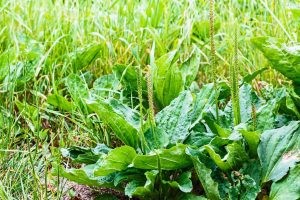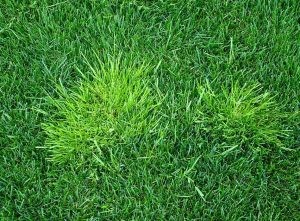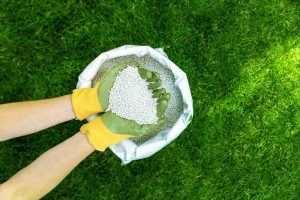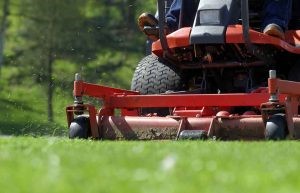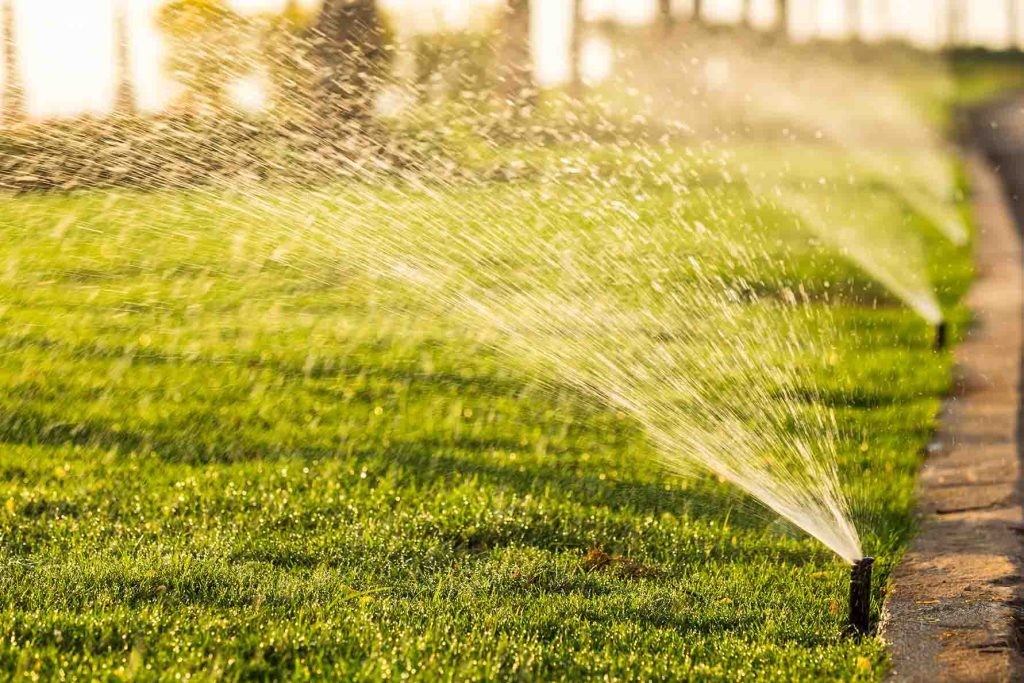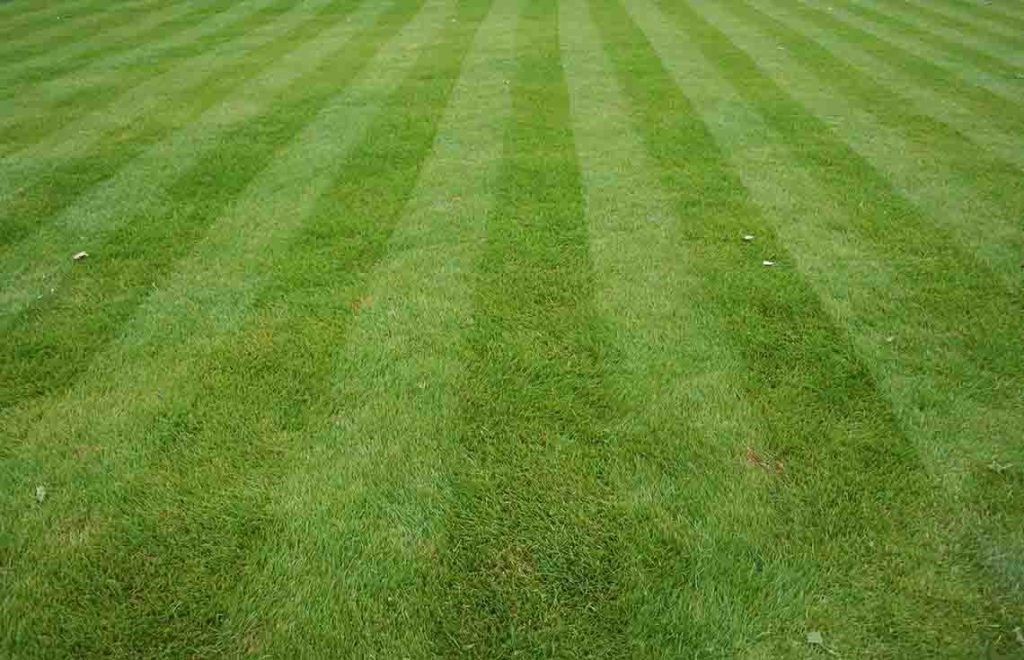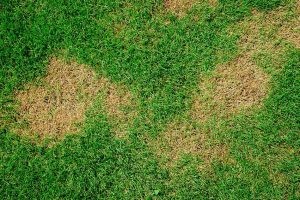Whether you're a new or seasoned property owner, it can be difficult to distinguish the difference between hardscaping and landscaping. Nonetheless, it's important to be educated on the subject before hiring a landscaper in Portland, OR.
Read MoreAt Simple Lawns, we understand how frustrating it can be when broadleaf weeds take over your lawn. Broadleaf weeds are more than just an eyesore; they can choke out desirable grasses and plants, leading to a less healthy landscape overall.
Read MoreGrassy weeds are a common nuisance for homeowners and lawn care professionals alike. If left unchecked, these grassy plants can quickly take over your lawn and make it look unkempt.
Read MoreGetting your lawn to that lush green, picturesque state can be grueling and stressful, with many trials and errors. One of those intimidating but important factors is the type of fertilizer that will get your lawn to that desired state.
Read MoreHaving a beautiful lawn that is lush and green requires more than just mowing it once in a while. A combination of proper mowing techniques and fertilization can help you achieve the perfect balance for your lawn to thrive.
Read MoreIn recent years, homeowners across the country, especially those in western states, have been dealing with severe droughts. Drought conditions can seriously challenge maintaining a lush and healthy lawn.
Read MoreIf you want to take your lawn to the next level, lawn striping is a great option. The stripes and patterns in college and professional sports stadiums are eye-catching, and your lawn can look just as amazing.
Read MoreDaylilies, with their vibrant blooms and easy care, are a favorite addition to many gardens. But even low-maintenance beauties require some attention to keep them looking their best. Trimming is an essential part of daylily care, promoting healthy growth and encouraging abundant blooms.
Read MoreAs a homeowner, you know that the perfect lawn adds both beauty and value to your home. However, it can be challenging to maintain the perfect turf with all the issues that can befall your yard. One thing that can have a significant impact on the appearance of your lawn is disease.
Read MoreThe past few weeks have brought tremendous change to our country as we all work together to prevent the spread of COVID-19. In these times of uncertainty, the expectations placed on each one of you are constantly changing and increasing in magnitude, which can be stressful and confusing.
Read MoreSubscribe to Simple Lawns's Blog

